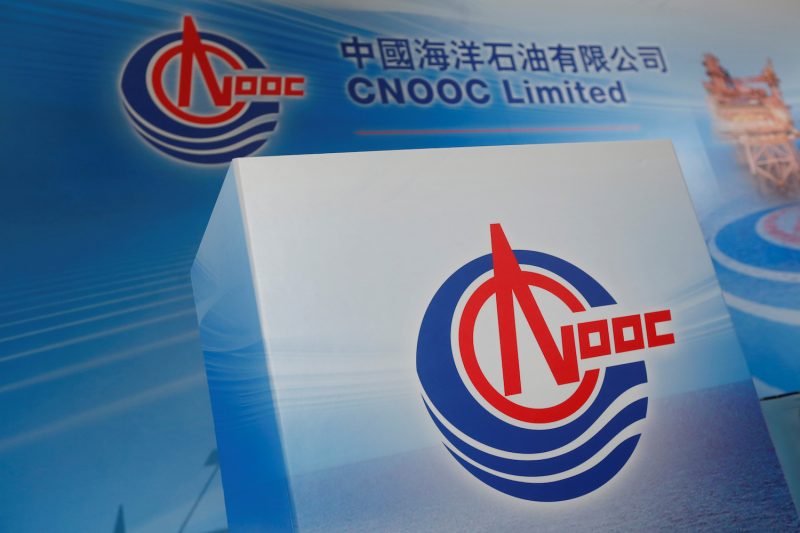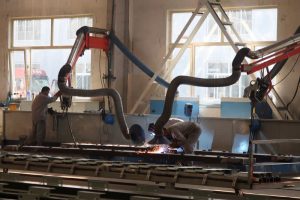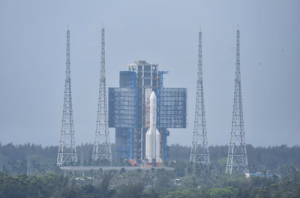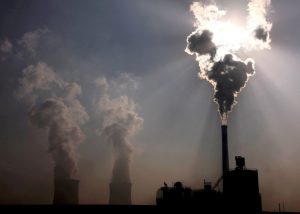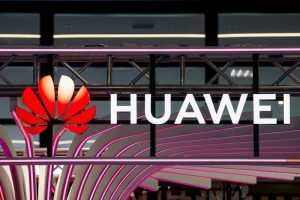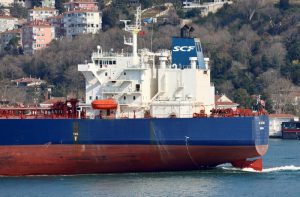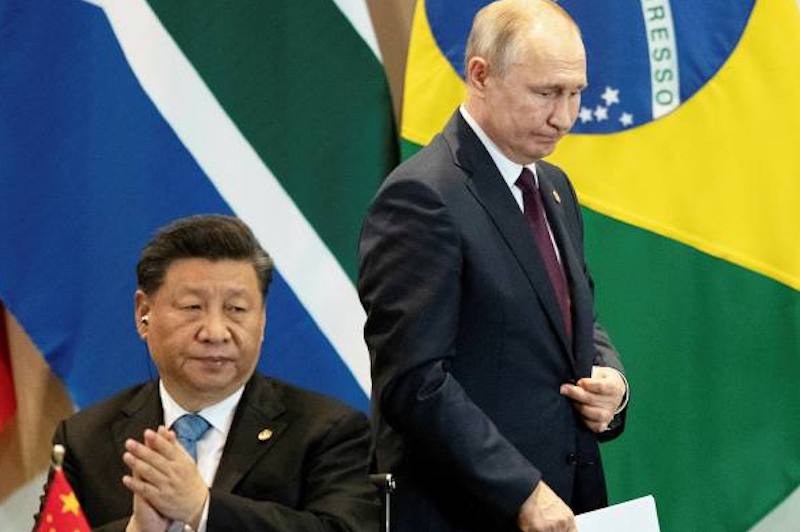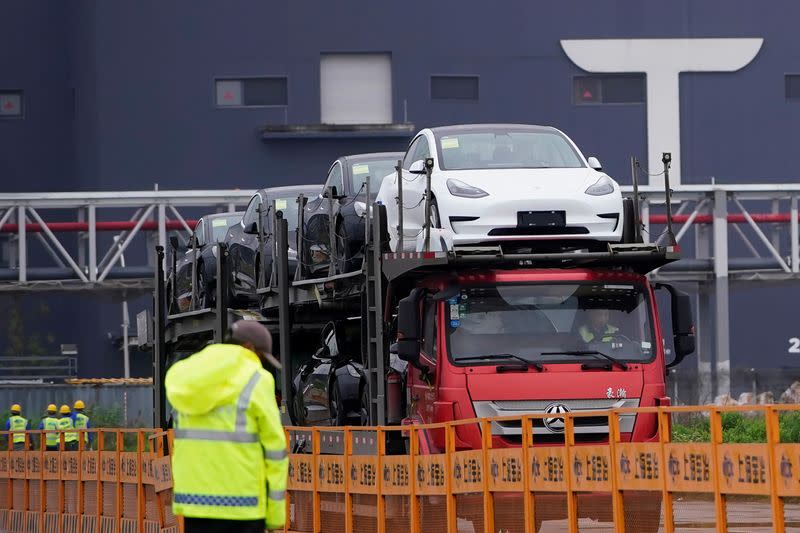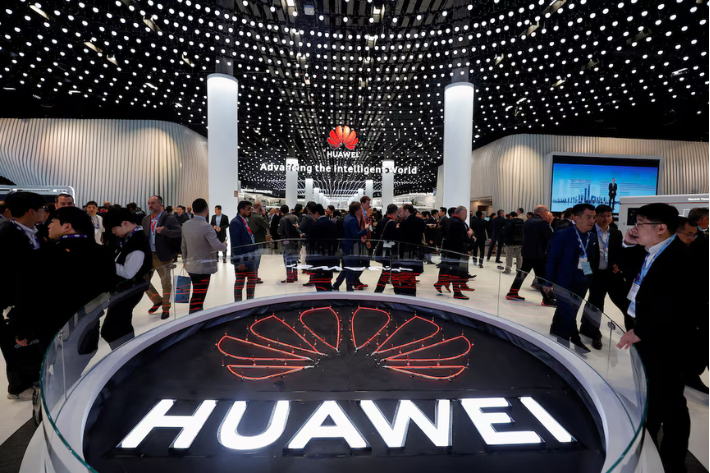(ATF) As President Donald Trump gets ready to leave the White House, he is seemingly pulling out no stops to hit back at China using what little time he has remaining in office.
The latest salvo for the firebrand president came on Thursday when his administration added China’s top chip-maker, SMIC, and state-run China National Offshore Oil Corp (CNOOC), to its growing blacklist of “Communist Chinese Military Companies.”
The Department of Defense (DOD) alleges that both firms are operating as civilian enterprises but are directly or indirectly controlled by the Chinese military and as such could also be working on its behalf.
The use of such a list was mandated by a 1999 law requiring the DOD to compile a catalog of companies “owned or controlled” by the People’s Liberation Army. However, the DOD only compiled such a list this year.
Some 35 Chinese firms to date have now been placed on the list from numerous sectors, ranging from telecommunications, aerospace, technology, construction, chemical and now energy.
Thursday’s move came a day after the US House of Representatives passed a law to remove Chinese companies listed on US stock exchanges if they do not fully comply with the country’s auditing rules.
CNOOC, for its part, is the smallest of China’s three state-run oil majors, but is its largest offshore oil and natural gas developer. The company’s shares on both the Hong Kong Stock Exchange (HKEX) and the New York Stock Exchange (NYSE) have dipped on the news.
The listing of additional Chinese firms on the US blacklist sets up hard choices for the incoming Biden-administration to decide whether or not to pursue Trump’s tough unilateral approach with Beijing, or more likely take a balanced stance in conjunction with allies. To note, there is growing bipartisan support in Washington for maintaining a hard line against China.
South China Sea over-reach
An additional rationale for placing CNOOC on the controversial blacklist can only be attributed to its aggressive South China Sea pursuits over the last several years. Beijing, for its part, claims around 90% of the hydrocarbon-rich waterway which sees nearly US$4 trillion in trade pass through it annually, including vital oil and liquefied natural gas (LNG) shipments to Northeast Asia, including long-time US allies, Japan, South Korea and Taiwan.
Since taking office in 2012, President Xi Jinping has ramped up China’s hegemony pursuits in the South China Sea, often in other countries’ UN-mandated 200-nautical mile exclusive economic zones (EEZ), particularly in both Philippine and Vietnamese territorial waters.
CNOOC’s state-of-the art deep-sea drilling rig, the $1-billion Haiyang Shiyou 981, for its part, usually spearheads this aggressive geopolitical and energy push. Upping the geopolitical ante even more, Beijing considers the rig, able to drill to depths of 3,000 meters, as part of its so-called sovereign territory even in territorial waters of other countries.
Over-reliance on the US?
Another problem for CNOOC is over-reliance on US offshore exploration and production technology, considered the best in the world, to drive that offshore push. A lack of needed technology to help CNOOC further its development could hinder its production pursuits, just as Beijing scrambles to increase its offshore hydrocarbon finds to make up for maturing onshore oil infrastructure and impending production declines.
Keun Paik, a Sino-Russian energy expert and an Energy, Environment and Resources Program associate fellow at the UK-based Chatham House, told ATF: “This is a big blow to CNOOC, but the impact will not be as much as US sanctions against [Russian energy companies] Rosneft and Gazprom.
“CNOOC will find a way to get the technology from European IOCs [international oil companies] and NOCs [national oil companies]. But, the real issue is China’s stance toward South China Sea disputes.”
China’s inability to flesh out its own offshore development could increase its reliance on geopolitically charged oil and gas supply, ironically, including shipments from the US – bringing Washington’s power play against China full circle. The way out for Beijing would be to continue to diversify its oil and gas supply options, particularly with longtime energy allies Russia and Saudi Arabia.
However, sanctions levelled against CNOOC could also dry up access to deals made in dollars that the company needs for offshore plays around the world. Washington still holds a powerful card in its dealing with not only Beijing, but any state it has conflict with as the US Treasury can block any deal conducted in dollars.
Collateral damage
Collateral damage abounds going forward and not just for CNOOC. Even western oil majors will be impacted since they often partner with CNOOC.
CNOOC, for example, holds a 25% stake in the Stabroek block offshore oil and gas play in Guyana, while ExxonMobil (the operator, holds a 45% interest), while New York-based Hess holds a 30% working interest. It remains unclear, at his point, what impact the blacklist would have on CNOOC’s participation in operations with the two American oil companies. ExxonMobil is the largest oil company in the US with operations around the world.
ExxonMobil is also considering selling its 37.2% stake in the West Qurna 1 field, an Iraqi oil development, for $500 million to both CNOOC and state-run oil giant Sinopec. But there has been no word yet on how US sanctions against CNOOC would also impact that possible deal.
CNOOC is already reeling due to economic headwinds from the Covid-19 pandemic.
In October, the company announced that that its third-quarter revenue fell 26.8% on year to 35.55 billion yuan ($5.32 billion) as weak oil prices override the benefit of increased production.




